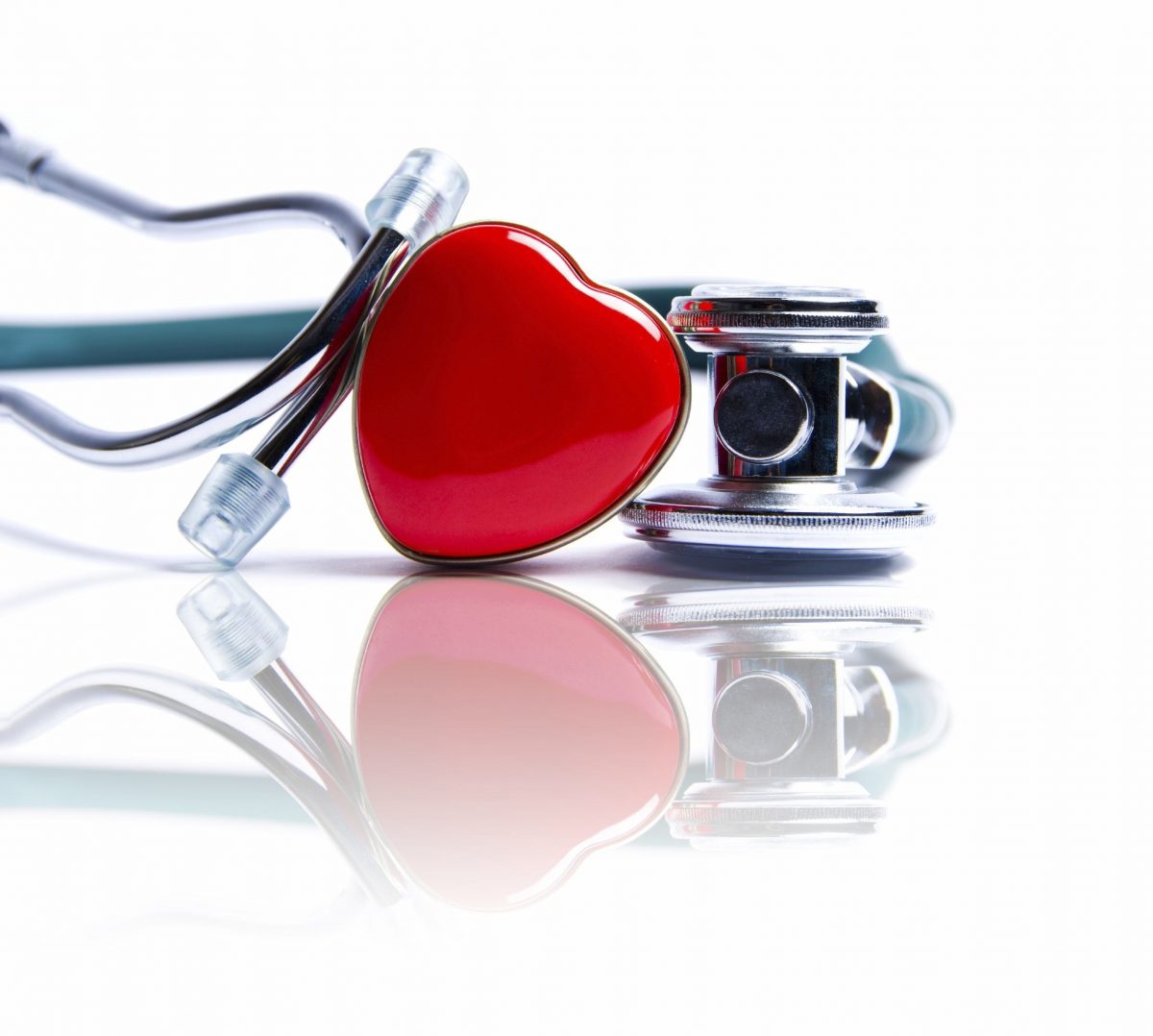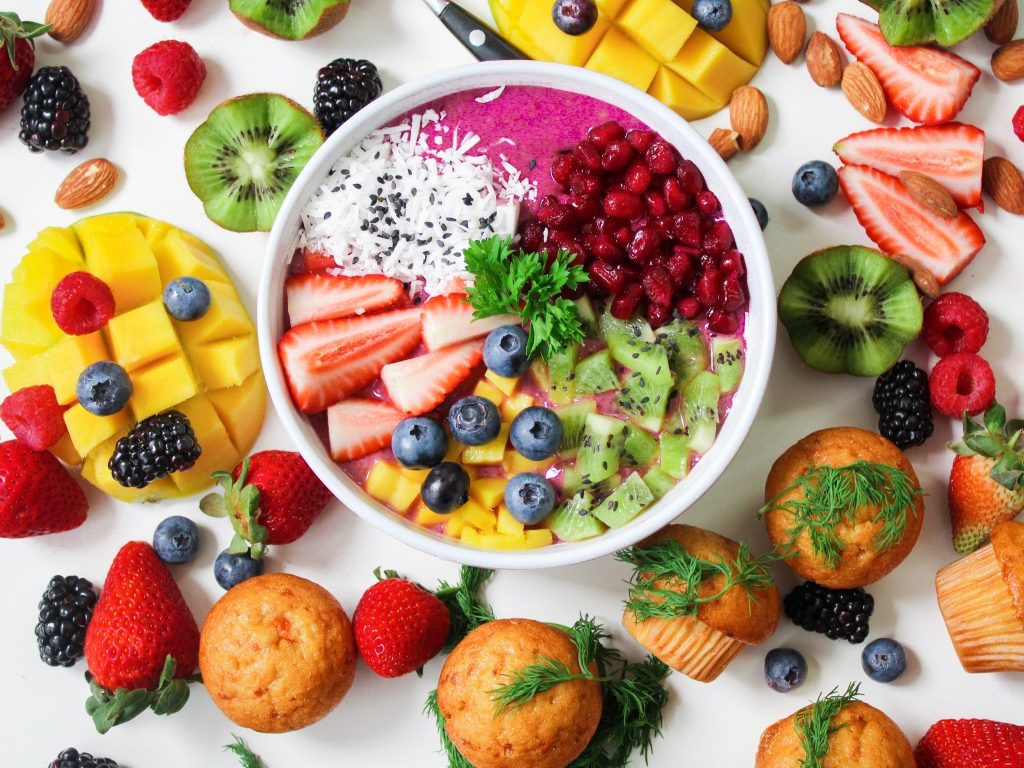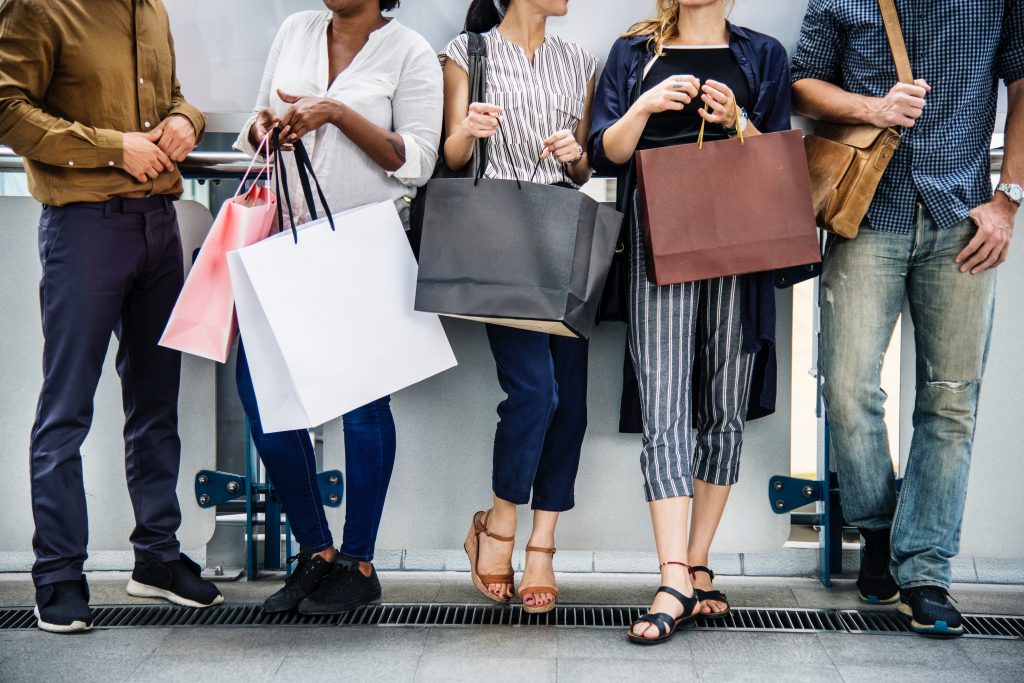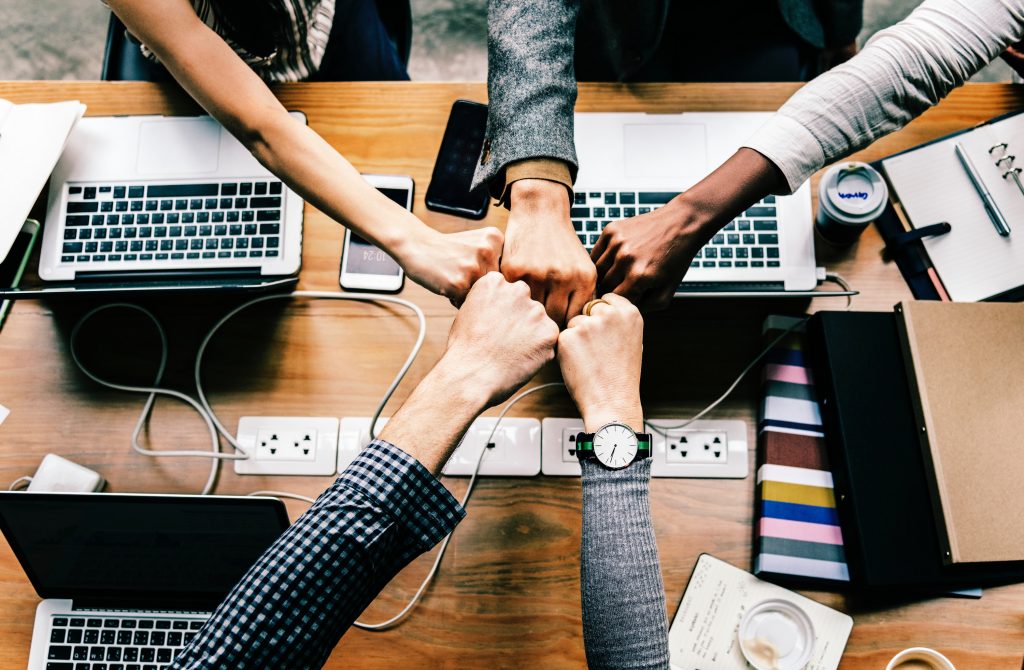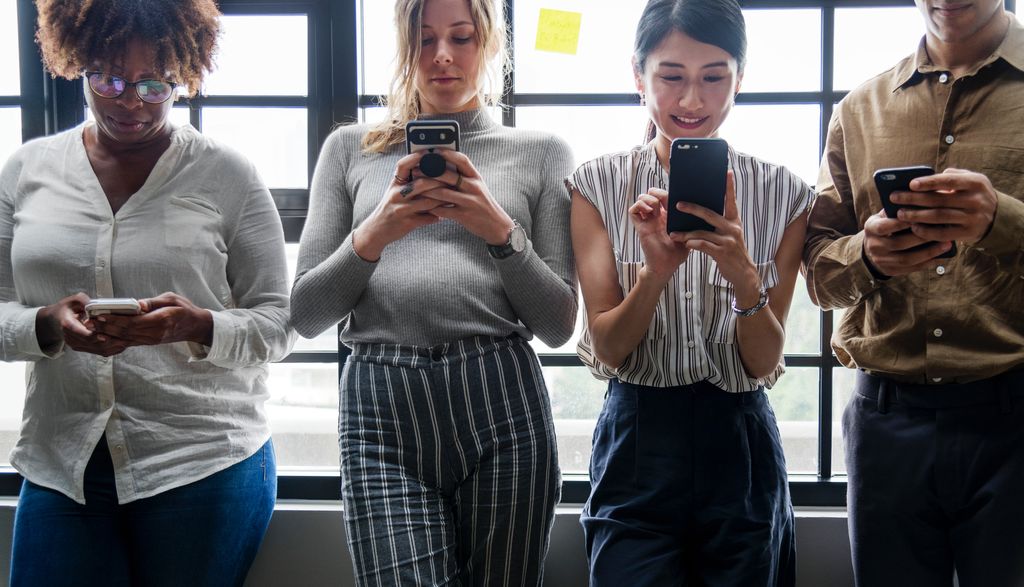My first bout of depression happened in middle school when my boyfriend of eight months dumped me two days before Valentine’s Day. I was sad, but I didn’t think much of it, shoving broken pieces of a pound of milk chocolate into my mouth. Fast forward to senior year of high school, my mom let me skip school that day because I didn’t feel well emotionally. I wasn’t sad, but I wasn’t happy either, just a feeling of not wanting to do anything. Jump to college, depression and anxiety decided to formally invite themselves into my life. I had always thought that depression meant I have to have suicidal thoughts, and I never had those thoughts. I didn’t think I could be going through depression until my fiancé (then boyfriend) asked if I was depressed. I remember going online and searching up the symptoms.
Apathy. Check. Difficulty concentrating. Check. Loss of interest in food. Check (this was the biggest red flag for me because even when I was sad before, I would still enjoy eating). Withdrawal from friends. Check.
Even as I distanced myself from things that I thought were causing me stress, I was still feeling very anxious, apathetic, and depressed. However, my own peers started opening up about mental health issues. And, I thought, why is my generation, the millennial generation, so susceptible to depression and other mental health issues?
I pondered this while scrolling aimlessly through Instagram and Snapchat, all the while wishing that my life could be better than where I currently was. It didn’t click then, but I would realize later on the connection between social media and mental health in millennials.
Millennials and Mental Health
Perfectionism
Growing up as a part of the millennial generation, I was constantly inspired by personal improvement in both the economic and social spheres. It was all about self-improvement and with mental health issues on the rise, now it’s self-care. There was a huge output of self-improvement books, workshops, guest speakers. People told me that I could achieve anything as long as I put my heart and mind to it: a college degree that leads to a good career that leads to better social standing and stability for my me and my parents as well. I didn’t know it, but that was a really heavy burden for a 15-year-old still trying to figure out who she was in this world while translating for her parents and trailblazing for her younger siblings. Millennials like me in the States are less concerned with working for a living, we are concerned with achieving perfection, leading us to set excessively high personal standards and being overly critical in our self-evaluations. Millennials experience all three types of perfectionism as described in the Multidimensional Perfectionism Scale: self-oriented, other-oriented, and socially prescribed.
For me, my self-oriented perfectionism pushed me to hold two to three jobs at a time on top of taking a full semester, socializing, and managing club activities. I aspired to be a superwoman like all my peers who seemed so successful. My other-oriented perfectionism showed up in my annoyance and disappointment with those who couldn’t accomplish their club officer duties, straining my relationships. Lastly, my socially prescribed perfectionism manifested from people’s view of me as a superwoman: I was always on top of my things, I had a great romantic relationship, and I always approached issues very calmly. Behind closed doors, the stress eventually piled up and broke me. My room was a mess, my relationship was a mess, and I was very far from being calm. A vicious cycle started because I would see myself like this and hate myself for not being good enough, and depression would drag me down, even more, rendering me emotionless.
Social Media

At first, social media was simply a way to pass time and entertain myself with. But slowly, the contents I viewed began to shape my values or ideas of what being successful means. Instead of being able to see my own talents and accomplishments, I became envious of other people’s success as portrayed in their personal media. Other people seemed to have a better life than I had. I started critiquing myself and even had meltdowns when I felt like I couldn’t achieve anything. I didn’t feel like anything I did was enough. I felt like I was letting my parents down.
Statistics claim that 88% of 18 to 29-year-olds use some kind of social media network. I am positive that I am not the only one affected by social media, nor am I the only one carrying this burden of striving for perfection. As a generation, we millennials are taught to succeed in a certain way. But, not everyone fits into this idealistic image of success ranging from traveling for a living, starting their own company right out of college, having a career of their dreams. Our smartphones help us organize our lives, but they are also strongly correlated to anxiety and depression in millennials today.
How You Can Help
Notice the Symptoms
- Apathy: They are expressing a lack of interest and emotions.
- Difficulty Concentrating: They have a hard time paying attention in class or focusing on finishing a project
- Excessive/Inappropriate Guilt: They feel that they are not enough and have not done enough for their loved ones.
- Irresponsible Behavior: They usually turn in assignments on time, but they start missing deadlines.
- Loss of Interest in Food/Compulsive Overeating: They are skipping meals and saying that they are not hungry or they are eating excessively and gaining weight
- Preoccupation with Death/Dying: They talk about running away from everything and/or they start having a fascination with death itself.
- Sadness, Anxiety, or Hopeless
- Use of Alcohol/Drugs and Promiscuous Sexual Activity: They start abusing drugs and/or developing an alcohol addiction as a teen. They also care less about their bodies in general, wishing to just feel something through alcohol, drugs, and/or sex.
- Withdrawal from Friends: They start declining to hang out or making up excuses to skip out on gatherings.
What You Can Do
- Be a Listener: Focus on being there for your friend and listening to what they are going through. Avoid trying to “solve the problem” and try to empathetic to what they may be going through.
- Encourage the Person to Get Help: Only encourage them to get help if they explicitly tell you they want help. If you push them towards treatment, they may feel that you do not care for them or that they are a burden to you. Present them with the options, but wait for them to take the initiative.
- Support Them in Their Treatment: If they do decide to seek help, continue supporting them. It could mean accompanying them to their first counseling appointment or just being a positive influence.
Take Care of Yourself: Taking care of someone going through depression can be a strenuous task both emotionally and physically. Make sure to set boundaries and be open in communications. Seek support for others if you need it!


